“I was dazzled by the flaming colors in this unknown work, so unlike anything I had seen before.”
– George Costakis
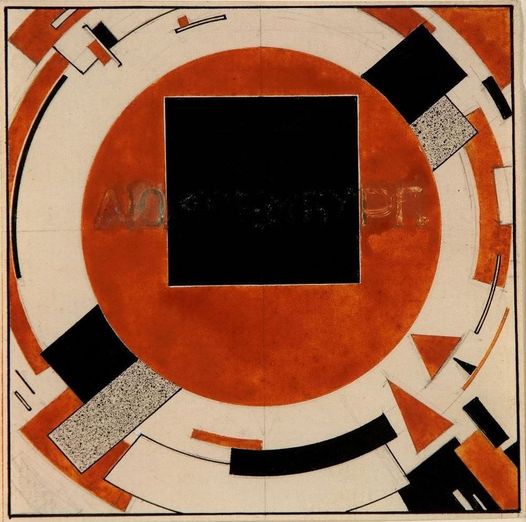
Proposal For a Monument to Rosa Luxemburg by El Lissitzky, RSFSR, 1919 – 1921 Pencil, ink and gouache on paper 9.7 x 9.7cm State Museum of Contemporary Art
These abstract and spellbinding images are from Art of the Avant-Garde in Russia : Selections from the George Costakis Collection, as described in a catalogue of an exhibition held at the Solomon R. Guggenheim Museum in 1981.
During his years living in the Soviet Union, George Costakis (5 July 1913 – 9 March 1990) amassed a private collection of 20th Century Russian and Soviet modern art. When he and his family emitted to Greece, Costakis, Russian-born to Greek parents, gave 80% of his large collection to Moscow’s Tretiakov Gallery, a gift to the country that, his Greek citizenship notwithstanding, had always been his own.
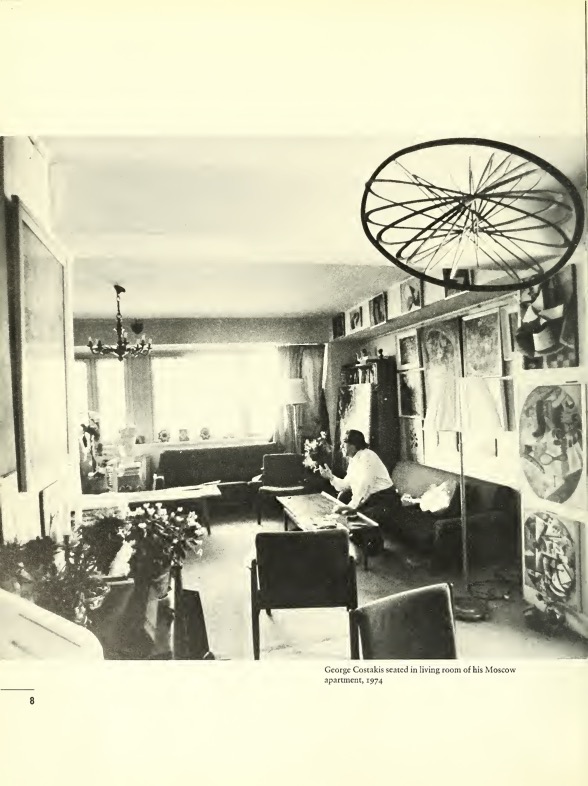
His collation was first shown in the West in 1977 at the Diisseldorf Kunstmuseum. That show, together with a slide presentation of the collection at the Guggenheim Museum in 1973, indirectly resulted in the 1981 Guggenheim exhibition. As Thomas M. Messer, Director of The Solomon R. Guggenheim Foundation notes, there followed numerous visits by the museum representatives to the Costakis home in Athens, the Tretiakov Gallery and Diisseldorf They approached Costakis with a proposal to entrust the collection now in the West to the Guggenheim Museum. Costakis agreed.
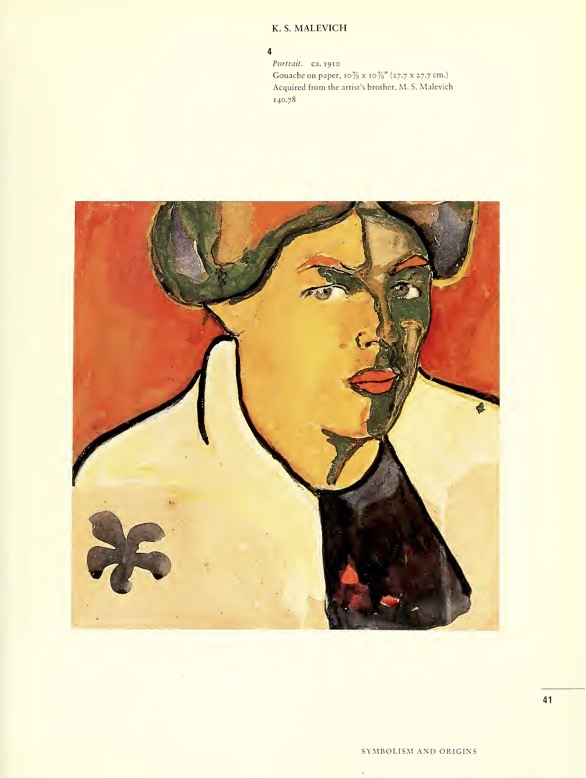
Portrait, ca. 1910 Gouache on paper, ioyg x 10% (27-7 x z7-7 cm-) Acquired from the artist’s brother, M. S. Malevich
Costakis was just a teenager when the avante-garde was blooming in Russia between 1915 and 1922. Kazimir Malevich had a one-man show at the Tretiakov Gallery in Moscow; Vsevolod Meierkhold produced Klop (Bedbug) by the poet Vladimir Maiakovsky, with designs by Alexandr Rodchenko, and Bahi with designs by Alexandr Deineka; and the director Dziga Vertov presented his Constructivist film Man with a Movie Camera.
In 1919- 1930 Maiakovsky committed suicide; a retrospective of the work of Pavel Filonov, scheduled to open at the Russian Museum in Leningrad, fell victim to conservative opposition and was canceled; Anatolii Lunacharsky, the cultural minister (director of the People’s Commissariat of Enlightenment, Narkompros), who had been a sympathetic supporter of much that the avant-garde movement represented, resigned. In 193 1 the Russian Association of Proletarian Artists formulated its conception of art as ideology, “a revolutionary weapon in the class struggle,” and in 1934 Socialist Realism was adopted as the exclusive style for all forms of Soviet art.
By 1925 the movement was moribund; by 1935 in Russia, it was dead.
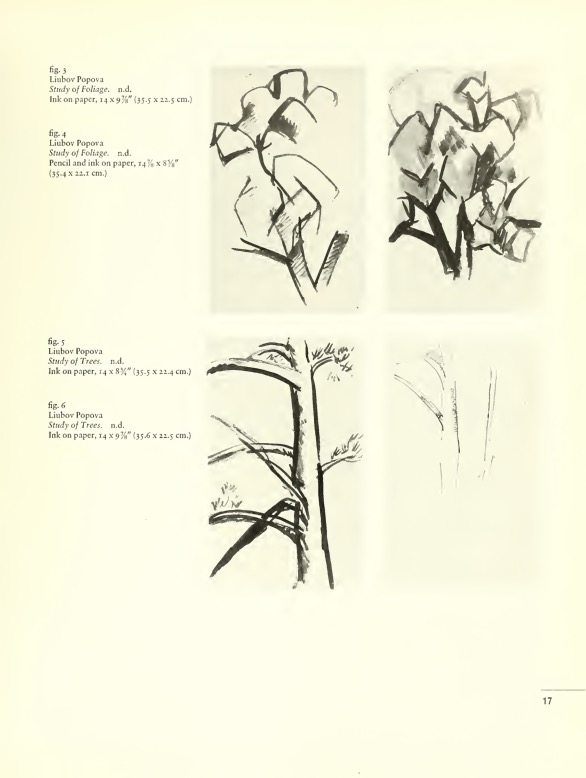
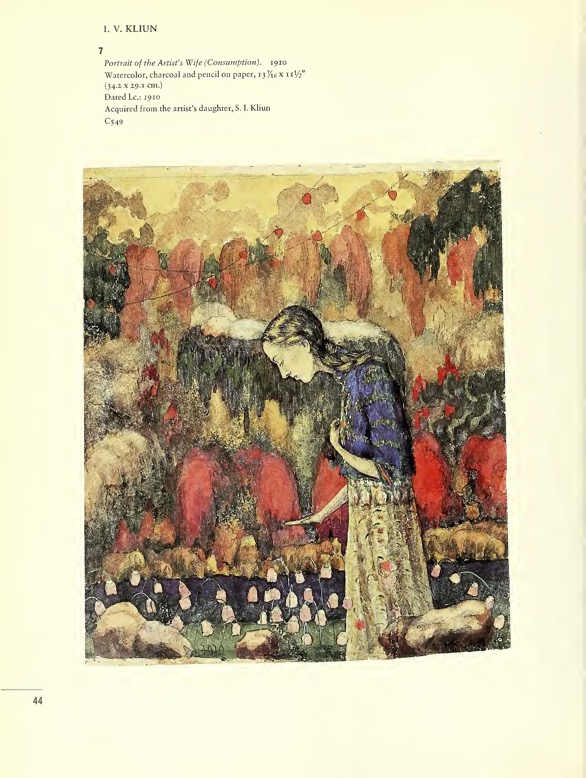
Portrait of the Artist’s Wife (Consumption). 1910 Watercolor, charcoal and pencil on paper, I37i6 x 11V2 (34.2 X29.1 cm.) DatedI.e.- 1910 Acquired from the artist’s daughter, S. I. Kliun
At first Costakis had collected the Masters of the Dutch School of Landscape Painters but modernist works by Pablo Picasso and Henri Matisse soon became his main subject, then in 1946 he came across three paintings in a Moscow studio by Olga Rozanova . He described how, in the dark days after the war these brightly coloured paintings of the lost Avant-Garde:
“… were signals to me. I did not care what it was… but nobody knew what anything was in those days.” (Chatwin, 1977)
He was so struck by the powerful visual effect of the strong colour and bold geometric design which spoke directly to the senses, that he was determined to rediscover the Suprematist and Constructivist art which had been lost and forgotten in the attics, studios and basements of Moscow and Leningrad.
He hunted for ‘lost’ pictures, some that were rolled up and covered with dust. He met Vladimir Tatlin and befriended Varvara Stepanova. He tracked down friends of Kasimir Malevich and bought works by Liubov Popova and Ivan Kliun. He particularly admired Anatoly Zverev, Russian expressionist whom he met in the 1950s. Costakis said about Zverev “it was a source of great happiness for me to come into contact with this wonderful artist, and I believe him to be one of the most talented artists in Soviet Russia.”
By the 1960 the apartment of George Costakis in Moscow had become a meeting place for international art collectors and art lovers in general: Russia’s unofficial Museum of Modern Art. The ‘détente’ period following the signing of the Paris Peace Accords in 1973 opened up Russia once again to international cultural exchanges the first of which was the showing of the Costakis Collection in Düsseldorf in 1977.
The same year Costakis, with his family, left the Soviet Union and moved to Greece, but there was an agreement that he should leave 50 per cent of his collection in the State Tretyakov Gallery of Moscow. In 1997 the Greek State bought the remaining 1,275 works. They are now a part of the permanent collection of the State Museum of Contemporary Art, in Thessaloniki, Greece.
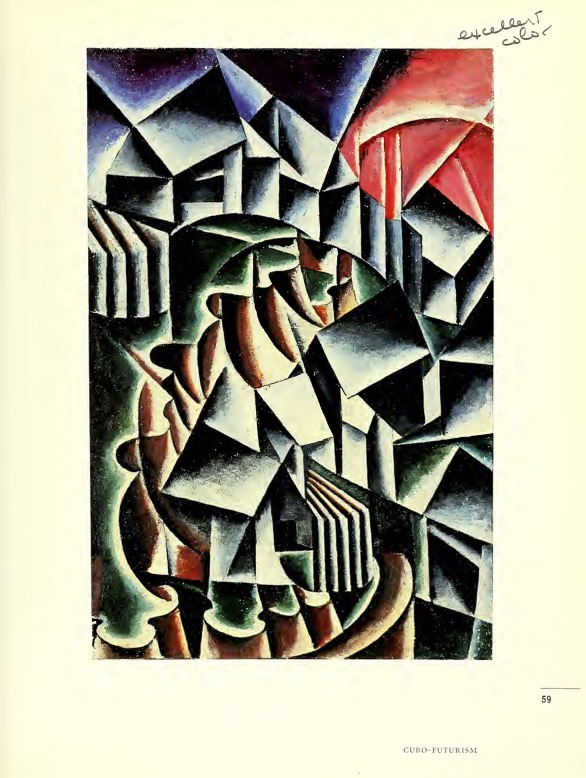

Lake. 1925 Watercolor on paper, 9%s x io 5:8 (24 x 27 cm.) Inscribed on reverse- Tarchovka Lake 1925 by K.V. Ender
![Untitled. 1924-26 Paper collage on paper, 15% x 13% (40.3 x 34.6 cm.] by K.V. Ender](https://flashbak.com/wp-content/uploads/2023/12/Untitled.-1924-26-Paper-collage-on-paper-15-x-1322-40.3-x-34.6-cm.-by-K.V.-Ender.jpg)
Untitled. 1924-26 Paper collage on paper, 15% x 13% (40.3 x 34.6 cm.] by K.V. Ender
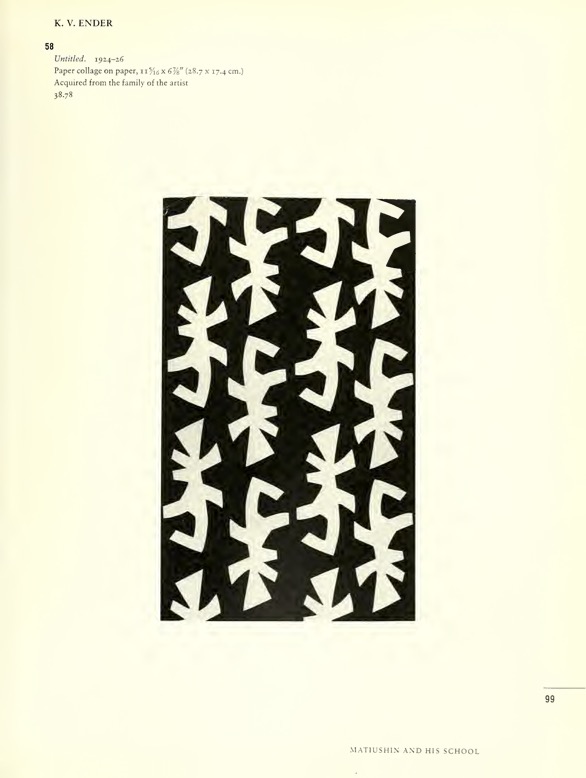
Untitled. 1914-26 Paper collage on paper, iiVis x 6% (28.7 x 17.4 cm.) by K.V. Ender
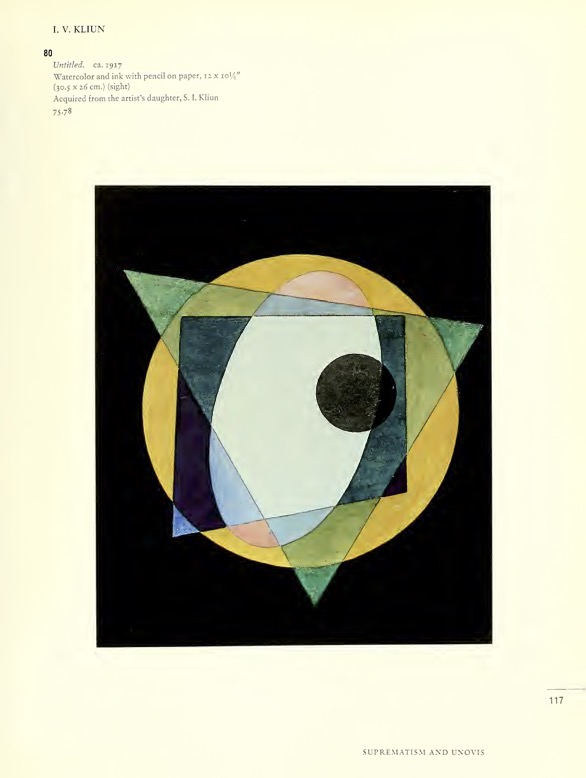
Untitled, ca. 1917 Watercolor and ink with pencil on paper, 12 x 10% (30.5 x 26 cm.) (sight) Acquired from the artist’s daughter, S. I. Kliun
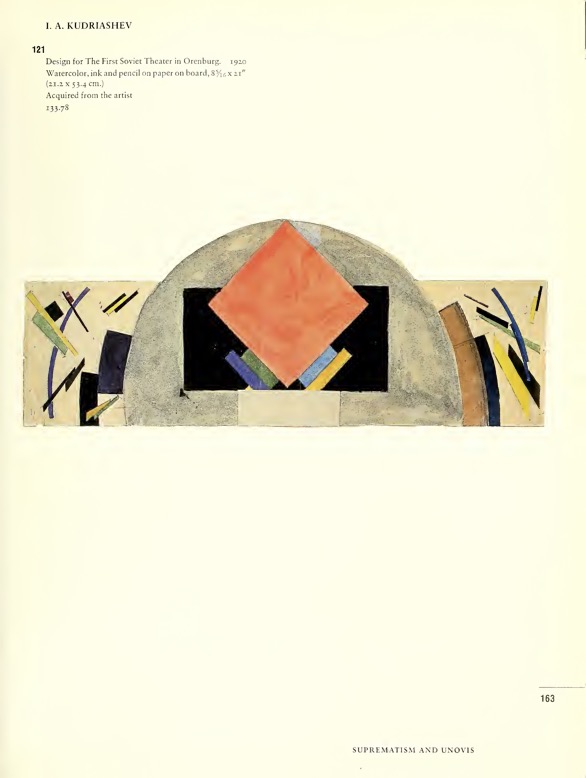
DesignforTheFirstSovietTheaterinOrenburg. 1920 Watercolor, ink and pencil on paper on board, 8yic,x 2.1 (21.2×53.4 cm.) by I.A. Kudriashev
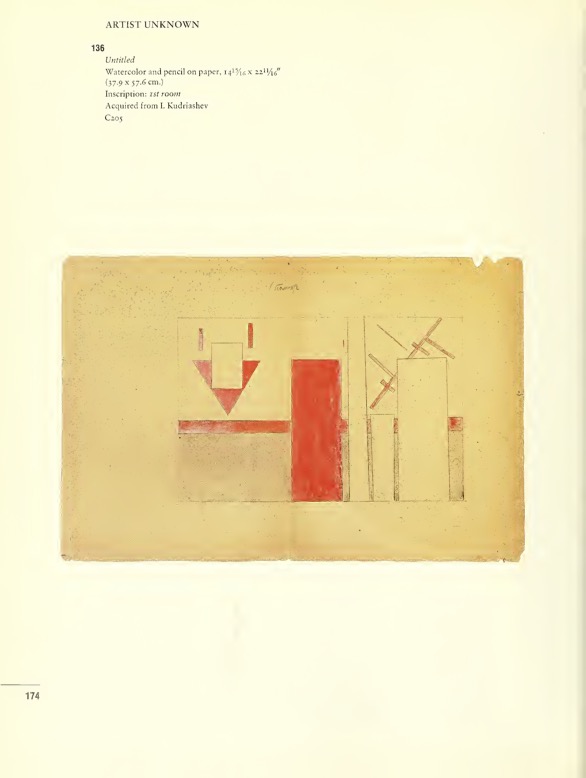
Untitled Watercolor and pencil on paper, I415:is x 2.2u:ks (37.9×57.6 cm.)
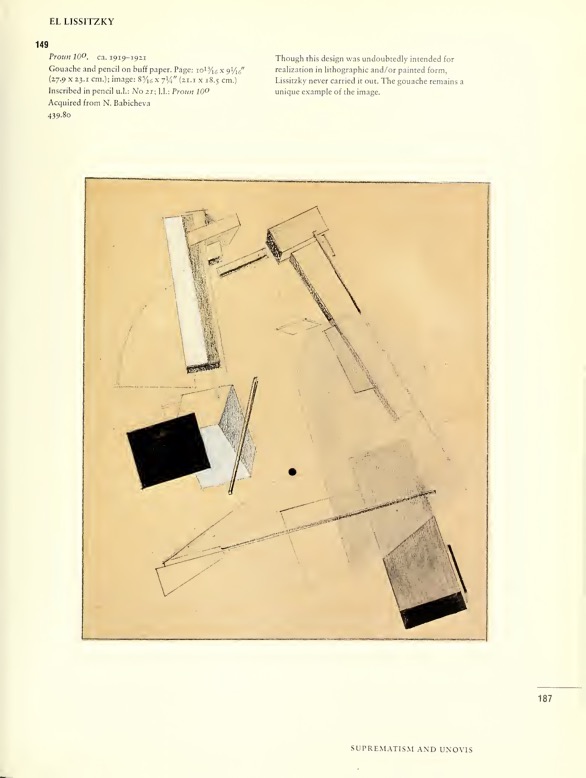
Proun 10°. ca. 1919-1921 Gouache and pencil on buff paper. Page- io li:i6 x 9 Vie (27.9 x 23.1 cm.); image- 8 5:ic x 7I4 (21. 1 x 18.5 cm.) Inscribed in pencil u.L- No 21; 1.1.- Proun 10° ELLissitzy
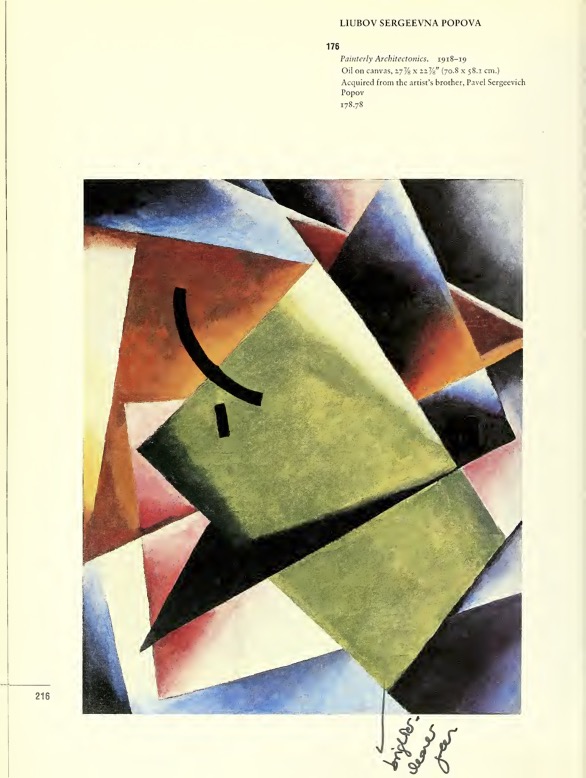
Painterly Architectonics. 1918-19 by Liubov Sergeevna Popova

February 13, 1921 K. Ioganson
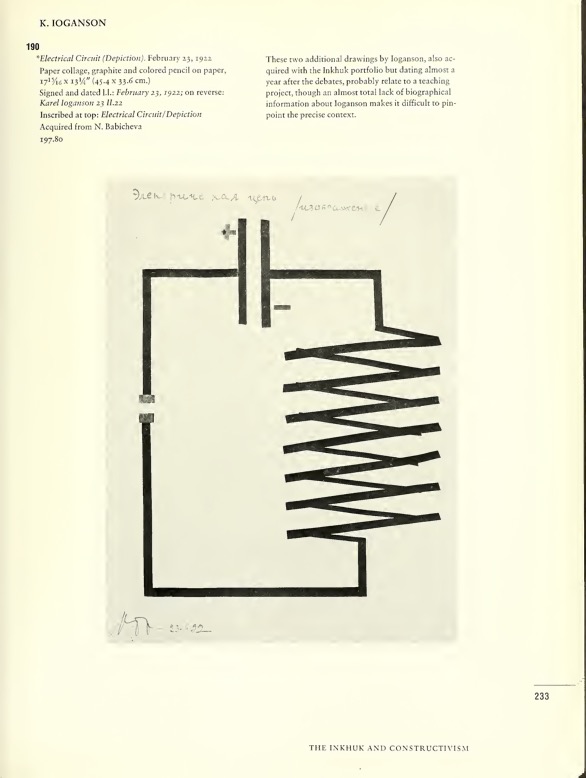
”Electrical Circuit (Depiction). February 13, 1922 by Karel Ioganson
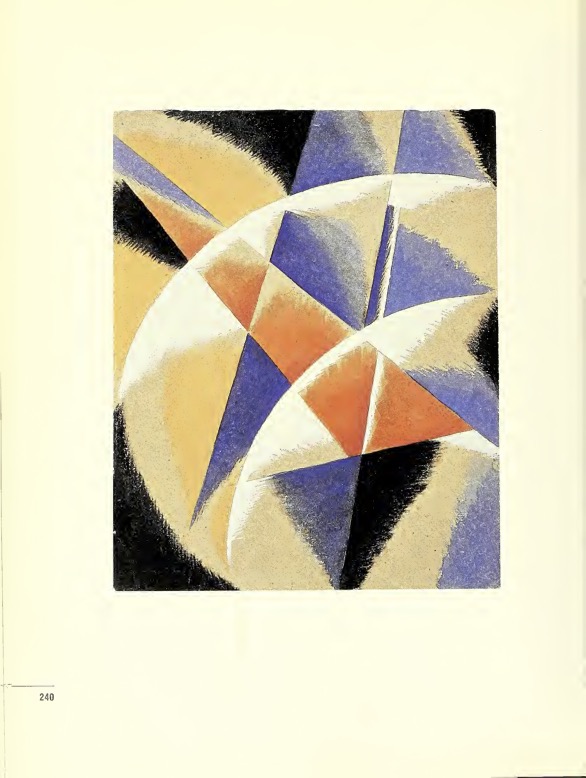
Composition.1 1921 by Popova

LinearComposition, ca.1921 by NM Tarabukin
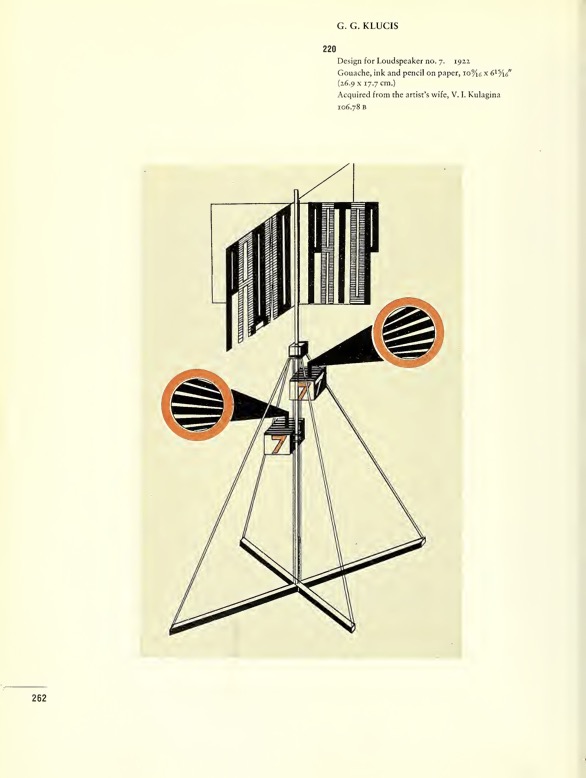
Design for Loudspeaker no. 7. 1922 by GG Klucis
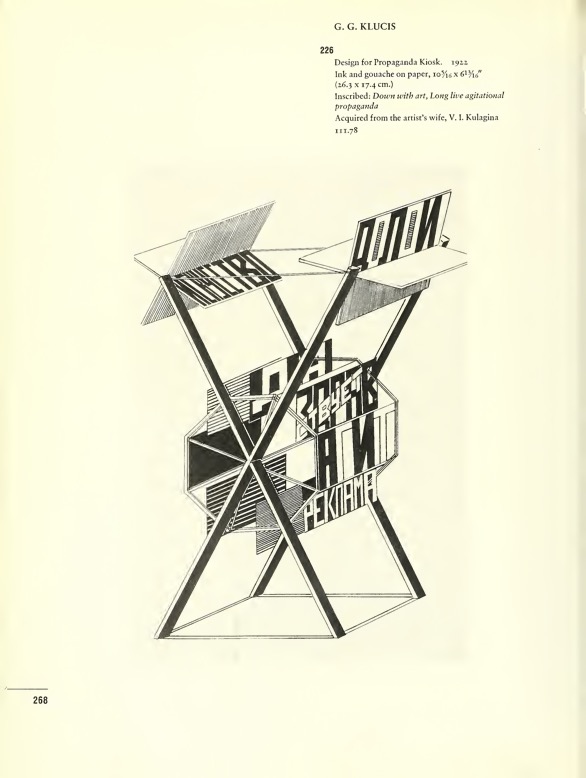
Design for Propaganda Kiosk by GG Klucis

Textile Design. 08.1923-24 LS Popova
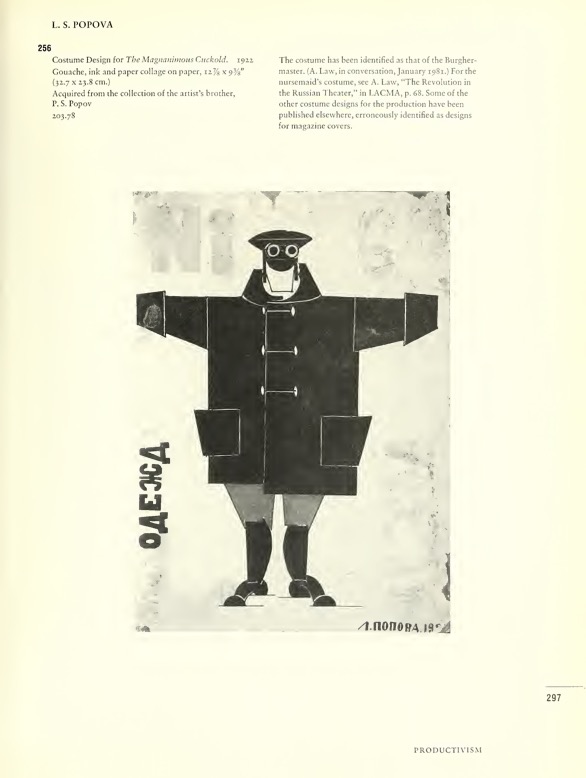
CostumeDesignforTheMagnanimousCuckold. 1922 by LS Popova
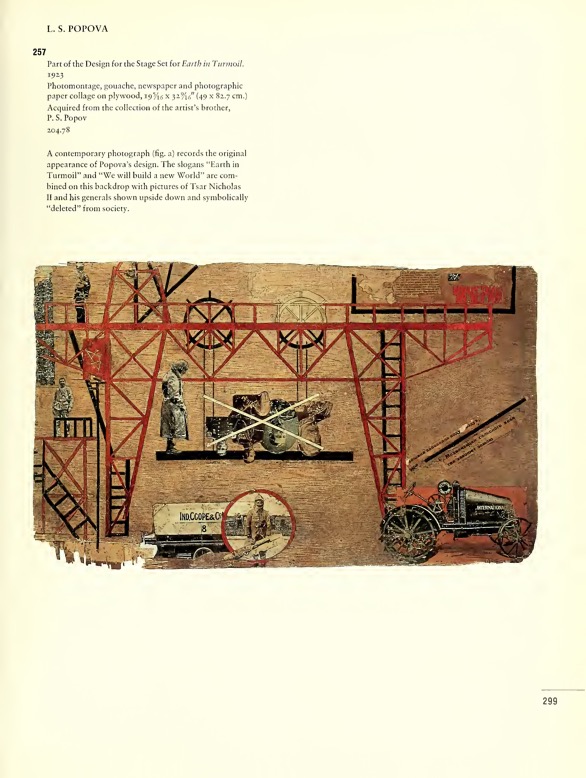
Part of the Design for the Stage Set for Earth in Turmoil. 1923 by LS Popova
See more Russian and Soviet art at the Flashbak Shop and the Costakis Collection.
Would you like to support Flashbak?
Please consider making a donation to our site. We don't want to rely on ads to bring you the best of visual culture. You can also support us by signing up to our Mailing List. And you can also follow us on Facebook, Instagram and Twitter. For great art and culture delivered to your door, visit our shop.



